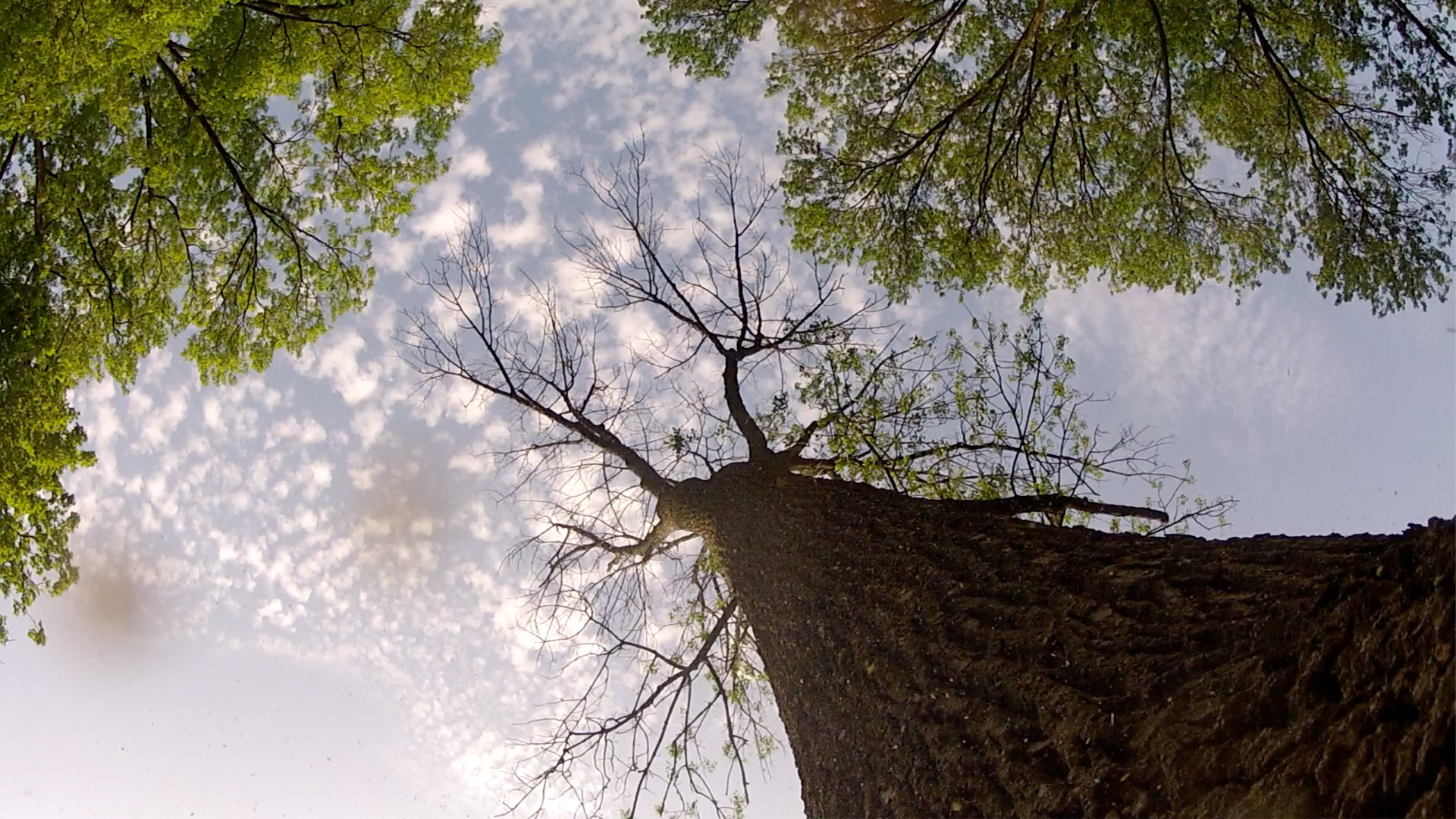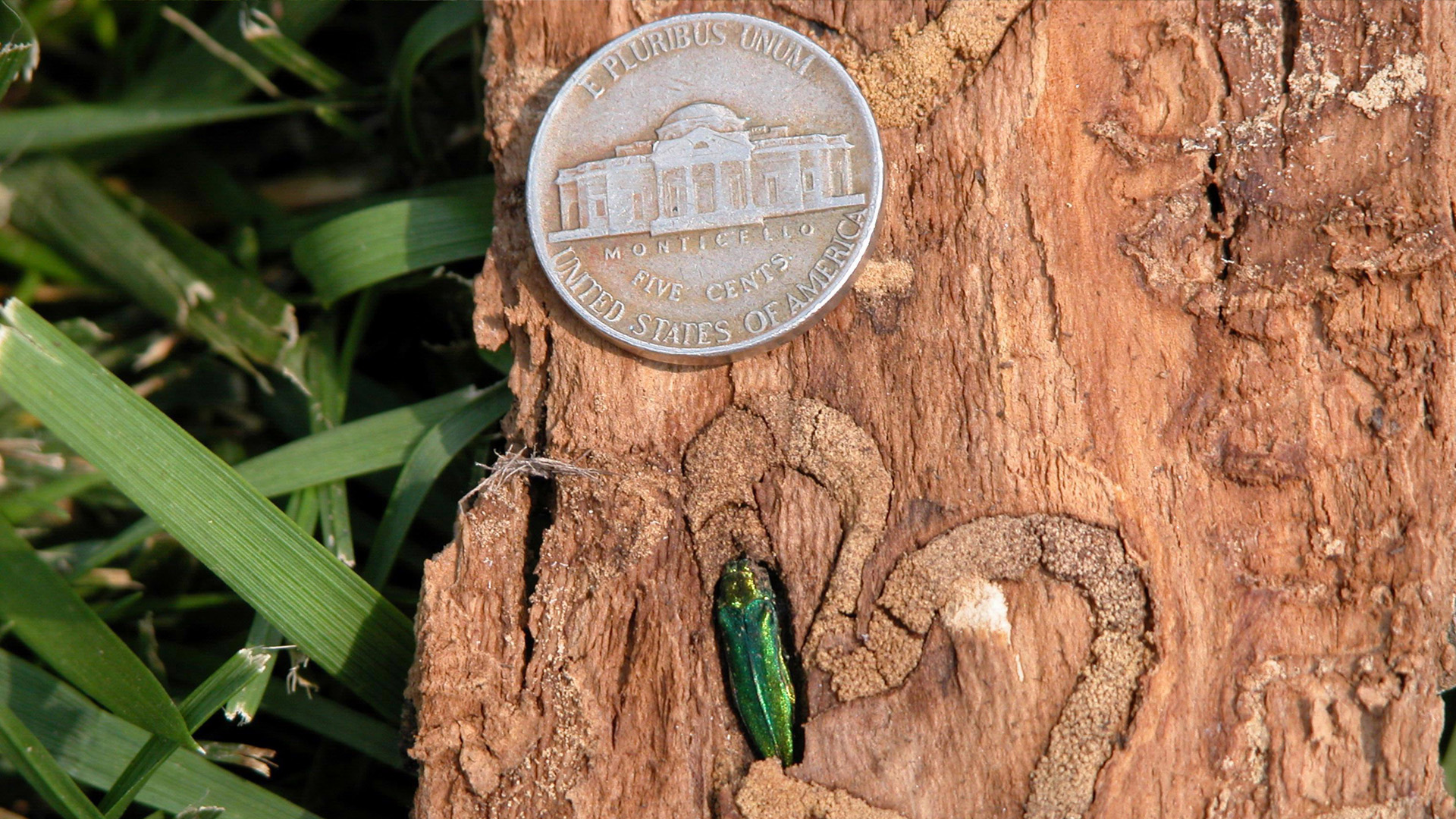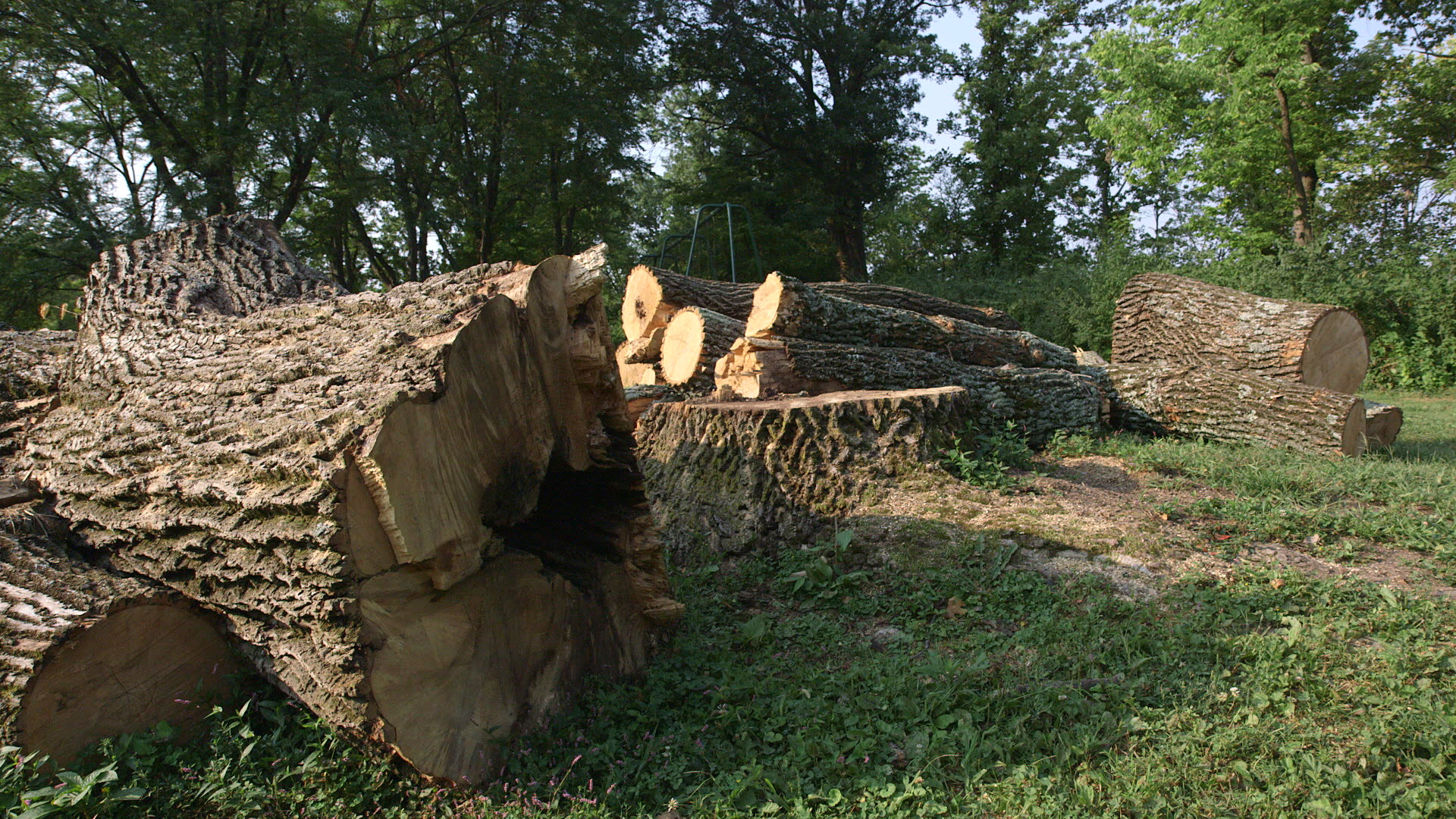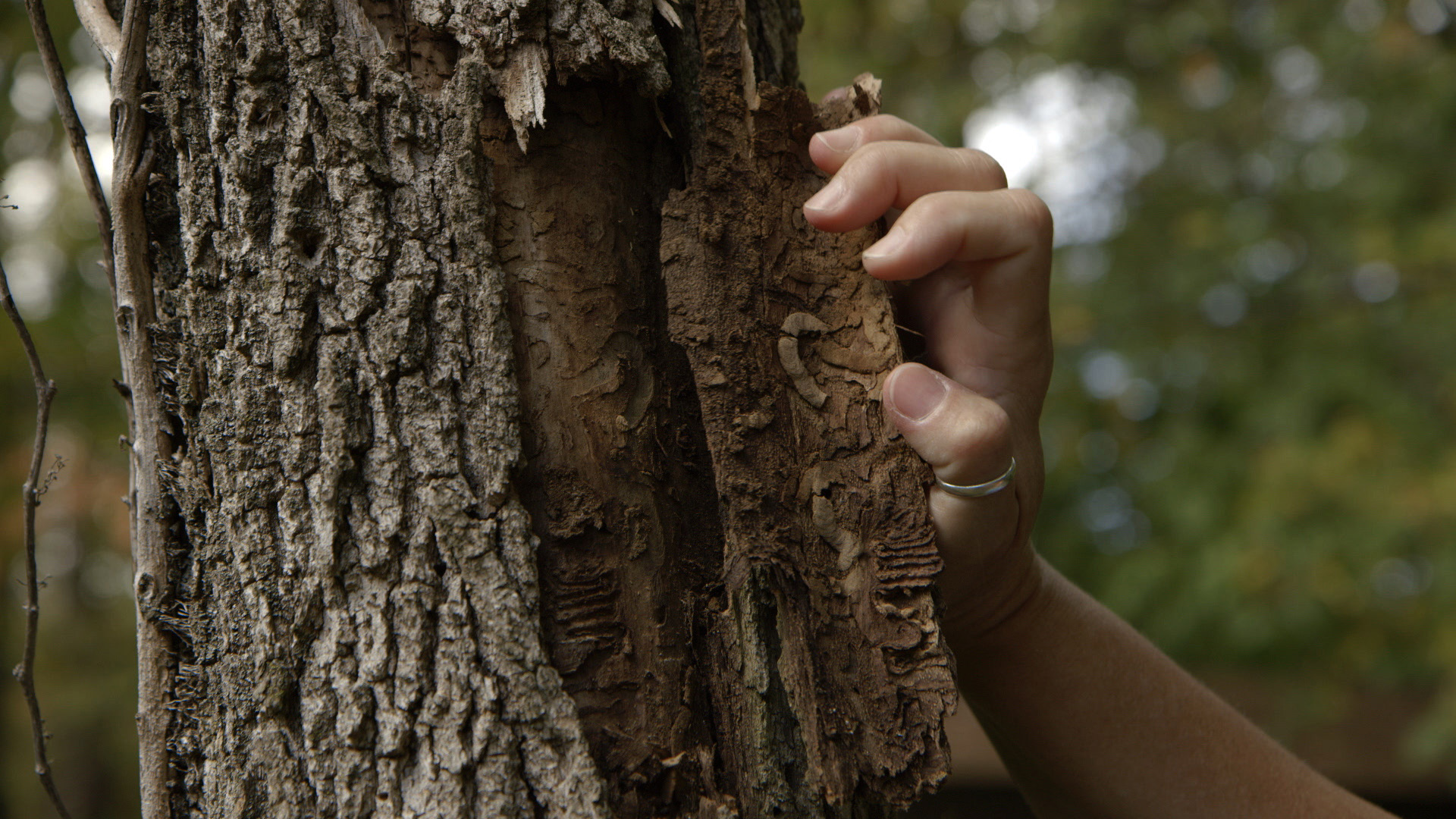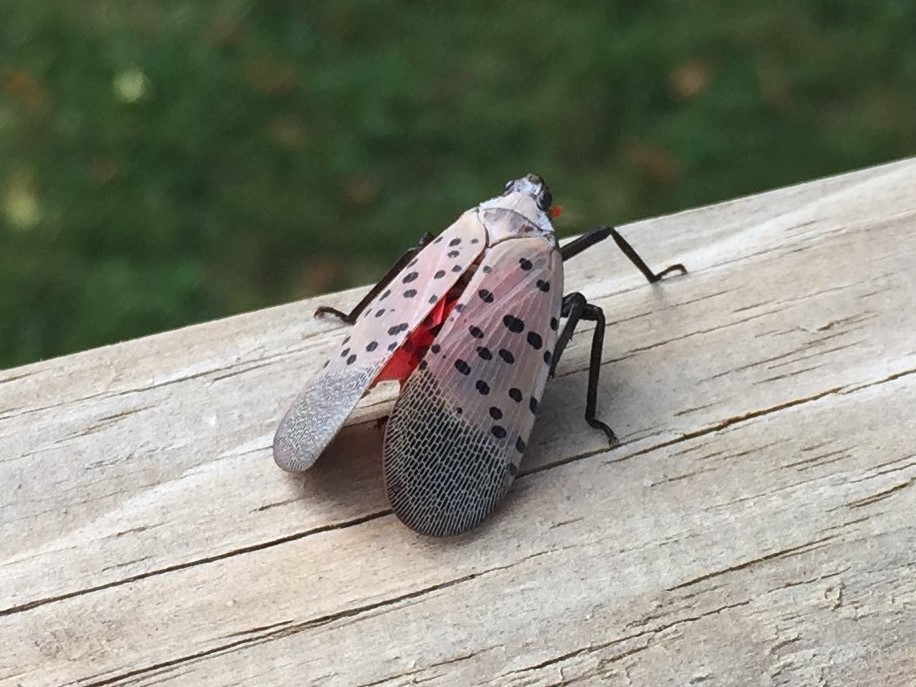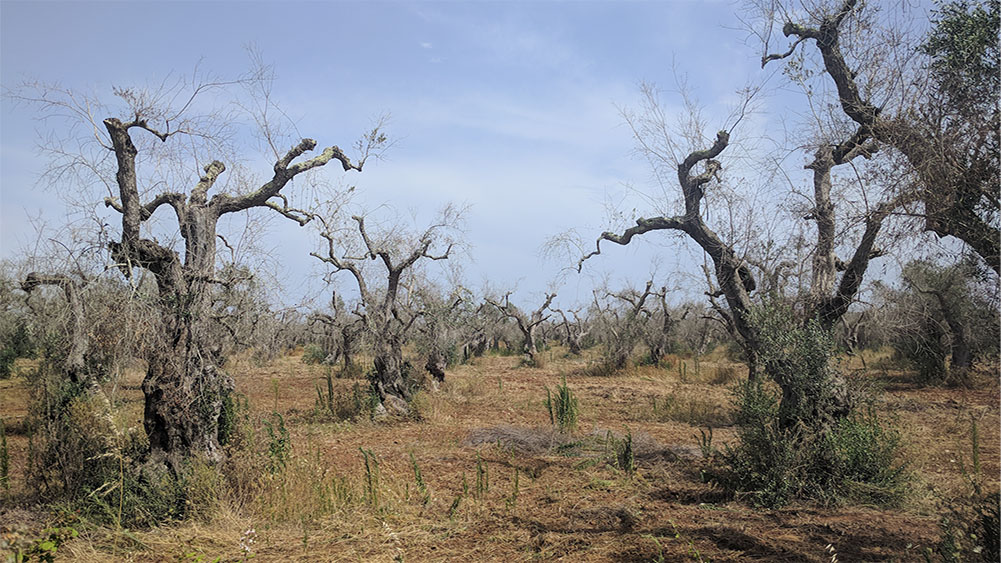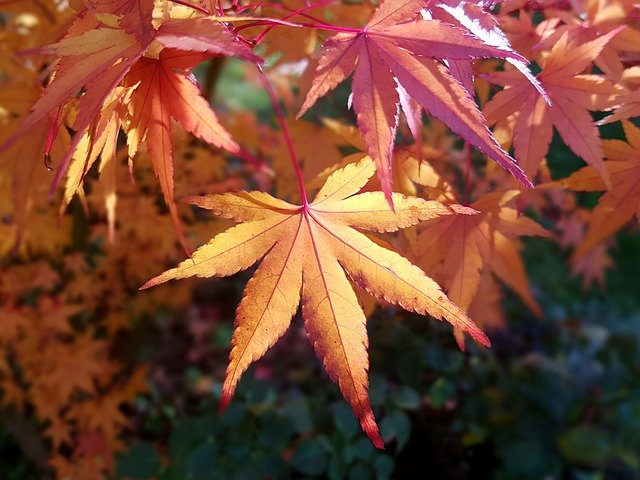About the Film
Film Description
It seemed to happen almost overnight. Thousands of trees started dying unexpectedly in Southwest Ohio. The city of Cincinnati almost went broke cutting down the dying trees and trying to keep the invasion from damaging property – or worse. The killer was a tiny insect known as the Emerald Ash Borer, a new invasive insect from Asia that will wipe out every ash tree in America. First found near Detroit in 2002, Emerald Ash Borers have now infested trees in 37 states, from Maine to Georgia, and as far west as California.
Trees in Trouble: Saving America’s Urban Forests tells the compelling story of how one community in Southwest Ohio confronted their tree crisis and fought the invasive pest by taking action and working together. Through partnerships with scientists, city officials and everyday citizens, this community was able to fight the pest and protect their urban forests for future generations. The film also explores the rich history of urban forestry in the United States and the exciting new research linking human health and trees.
Designed for audiences of all ages, Trees in Trouble inspires viewers to take action and points towards first steps.
From the producer of the groundbreaking climate change film, Rising Waters.
Trees in Trouble tells the story of Cincinnati’s response to the threat to its trees posed by the emerald ash borer. However, the film’s message is not limited to southern Ohio: across the country, from Massachusetts to San Diego, Minneapolis to Charleston, thousands of communities face the same threat: valuable and beloved trees being killed by non-native insects or diseases. While the trees and killers differ, the cost to the communities is the same: destruction of trees that provide shade and other important ecosystem services and create our sense of home. Trees in Trouble helps us understand what we are losing and links us to actions we can take to counter this tragedy.”
-Faith Campbell, Vice President, Center for Invasive Species Prevention
Purchase the Film
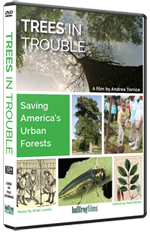 The film is now available for purchase at www.bullfrogfilms.com. Interested in purchasing a home video copy of Trees In Trouble for your own personal use? Email Bullfrog Films at info@bullfrogfilms.com with your home video request. Reduced rates for activist and grassroots groups. Please call Bullfrog Films at 1-800-543-3764 for more info. Trees in Trouble is also available for streaming online. Click the Rent button in the top right corner of the video above to rent the program for a 72-hour period through Vimeo.
The film is now available for purchase at www.bullfrogfilms.com. Interested in purchasing a home video copy of Trees In Trouble for your own personal use? Email Bullfrog Films at info@bullfrogfilms.com with your home video request. Reduced rates for activist and grassroots groups. Please call Bullfrog Films at 1-800-543-3764 for more info. Trees in Trouble is also available for streaming online. Click the Rent button in the top right corner of the video above to rent the program for a 72-hour period through Vimeo.
Funding for Trees in Trouble comes from the Ohio Humanities Council, the Stephen H. Wilder Foundation, the Craig Young Family Foundation and the TREE Fund. The project was supported by the Media Working Group, the Center for Independent Documentary, and the School of Art, University of Cincinnati.
Public Television Broadcasts
The public television broadcasts of Trees in Trouble in April 2016 for Earth Day and Arbor Day were a huge success – with broadcasts in 87% of the PBS market! It also aired on PBS’s World Channel, which chose Trees in Trouble to be part of its Earth Day/ Arbor Day programming during the month of April. Broadcasts will continue for the next three years, but you will have to contact your local PBS station to get the exact times and days. Community screenings are also happening around the country, and many of them will be listed here. Please contact us if you have any questions or would like to host a screening.News
Our Green West Orange Screening and Q&A
Trees in Trouble will be screening on Thursday, February 17 at 7 pm as part of the Our Green West Orange monthly meeting. […]
Saving our Forests from Invasives – A Global Effort
Protect and cherish our trees this Arbor Day and everyday. Our community trees play an important role during the pandemic as more people are going outside to breathe “fresh air.”
Save the Maples
The Carey Institute of Ecosystems Studies is launching a save the Maples campaign this spring.
Screenings
The Invasive Species
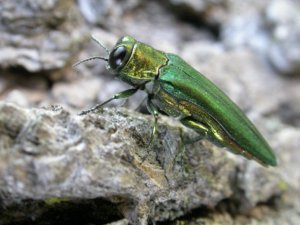
Emerald Ash Borer
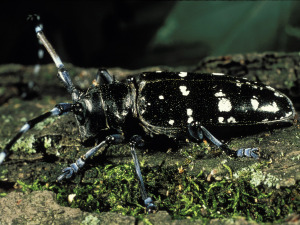
Asian Longhorned Beetle
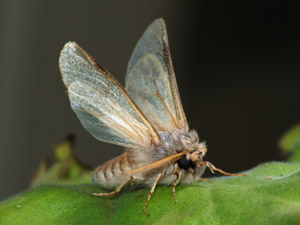
Gypsy Moth
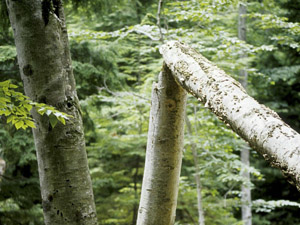
Beech Bark Disease
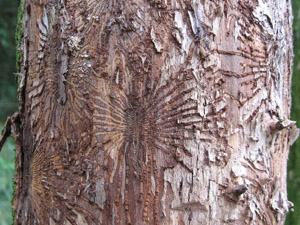
Dutch Elm Disease
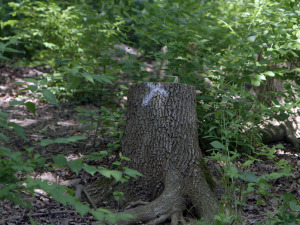
Tree downed because of invasive infestation
Resources
Teachers, students, and community members, learn more about protecting your trees and urban forests with these free, easy to use materials.
The Toolkit includes:
- A short guide on the history and importance of urban forests in Southwest Ohio.
- The Benefits of Trees
- How to Identify EAB and ALB
- How to Plant a Tree
- Don’t Move Firewood flyer
- The EAB Scenarios Game
- Click here to watch the web video on How to Plant a Tree
- Middle School Curriculum, “Hungry Pests Invade Middle School” – http://www.hungrypests.com/resources/HP_InvadeMS_Curriculum.pdf
- Interactive Game: Hungry Pests & You – http://www.hungrypests.com/resources/interactive.php
- Summer Camp Activities – http://www.hungrypests.com/resources/HP-YouthActivity.pdf
- Emerald Ash Borer: Leader’s Folio – http://www.hungrypests.com/resources/EABFolioWEB_031714.pdf
- Emerald Ash Borer: Activity Book – http://www.hungrypests.com/resources/ALL-EAB%20Activities-Color_030414.pdf
- Emerald Ash Borer: Nature Walk Video – http://www.hungrypests.com/resources/educators.php
- Asian Longhorned Beetle: Resources for kids – https://www.aphis.usda.gov/aphis/resources/pests-diseases/asian-longhorned-beetle/alb-educate-kids
- Urban greening reduces noise pollution – Read more…
- National Tree Benefit Calculator – www.treebenefits.com/calculator
- Relationship between trees and crime – Read more…
- Tree and human health may be linked – www.fs.fed.us/pnw/news/2013/01/tree-human-health.shtml
- Green Cities: Good Health – www.depts.washington.edu/hhwb
- The Relationship Between Trees and Human Health; Evidence from the Spread of the Emerald Ash Borer – www.researchgate.net/publication/234697703_The_Relationship_Between_Trees_and_Human_Health
- Exploring Connections Between Trees and Human Health www.fs.fed.us/pnw/sciencef/scifi158.pdf
- The Effects of Urban Trees on Air Quality – www.ncufc.org/uploads/nowak_trees.pdf
- Air Quality Effects or Urban Trees and Parks – www.nrpa.org/uploadedFiles/nrpa.org/Publications_and_Research/Research/Papers/Nowak-Heisler-Summary.pdf
- More Research of the Calming Effect of Being Among the Trees – actrees.org/news/trees-in-the-news/research/more-research-on-the-calming-effect-of-being-among-the-trees
- Immerse Yourself in a Forest for Better Health – www.dec.ny.gov/lands/90720.html
- More green space is linked to less stress in deprived communities: Evidence from salivary cortisol patterns – Read more…
- A Potential Natural Treatment for Attention-Deficit/Hyperactivity Disorder: Evidence From a National Study – Read more…
- Comment on “Green Space, health inequality, and pregnancy” – Read more…
- Modeled PM2.5 removal by trees in ten U.S. cities and associated health Effects – Read more…
- Study shows trees are good for your health – Read the article in the Washington Post
- How walking in nature changes your brain – Read the article in the New York Times
- Report on Impact of Forest Pests – http://www.caryinstitute.org/science-program/research-projects/tree-smart-trade
- Fact Sheet: Overview of Hungry Pests – http://www.hungrypests.com/press-room/hungry-pests-overview-fact-sheet.pdf
- Fact Sheet: States at Risk of Hungry Pests – http://www.hungrypests.com/press-room/states-at-risk-fact-sheet.pdf
- Fact Sheet: Descriptions of Hungry Pests – http://www.hungrypests.com/press-room/top-hungry-pests-fact-sheet.pdf
- Interactive Graphic: Top Ways Hungry Pests Spread – http://www.hungrypests.com/how-they-spread/index.php
- Infographic: Seven Ways to Leave Hungry Pests Behind – http://www.hungrypests.com/press-room/infographic-7-ways.php
- Videos: Ways to Stop Spreading Hungry Pests – http://www.hungrypests.com/resources/videos.php
- Hungry Pests Website – www.HungryPests.com
- Increasing forest loss worldwide from invasive pests requires new trade regulations – Read more…
EAB
- Emerald Ash Borer Information Network (webinar series) – www.emeraldashborer.info/eabu.php#sthash.PnoReDPB.dpbs
- A destructive beetle threatens trees — and people who live near them – www.washingtonpost.com/national/health-science/a-destructive-beetle-threatens-trees–and-people-who-live-near-them/2013/05/13/3cec9942-b665-11e2-b94c-b684dda07add_story.html
- Native Ash Tree: A Tale of Many Cities, from Bulletin, a magazine published by the Garden Club of America – Read the article in Bulletin magazine
ALB
- Asian Longhorned Beetle: How to find it – https://www.aphis.usda.gov/aphis/resources/pests-diseases/asian-longhorned-beetle/Find-It
- ALB information from Ohio.gov – www.agri.ohio.gov/topnews/asianbeetle
- Bethel Ohio ALB Statistics – www.agri.ohio.gov/Public_Docs/TopNews/ALB/Ohio%20Media%20Update_09042014.pdf
Other Invasives
- Spotted Lanternfly – The Daily Pest
- Hemlock Woolly Adelgid (HWA) – ohiodnr.gov/hwa
- Article on the Eastern Hemlock – Read more…
- Dead Forests and Living Memories – Read the article in the New York Times
- Center for Invasive Species – www.cisp.us
- The Impact of Non-native Invasive Plants – Read more at www.nivemnic.us
Related Articles
- Planning for Urban Forest Resilience – Read more…
- Important Recommendations from the Frontiers of Ecology and the Environment Journal – Read more…
- Solutions for Sustainable Urban Forest Governance and Management – Read more…
These resources are provided courtesy of USDA-APHIS.
Join Our Mailing List
Learn more about Trees in Trouble screenings and events by joining our mailing list. Your email will not be shared.
People in the Film
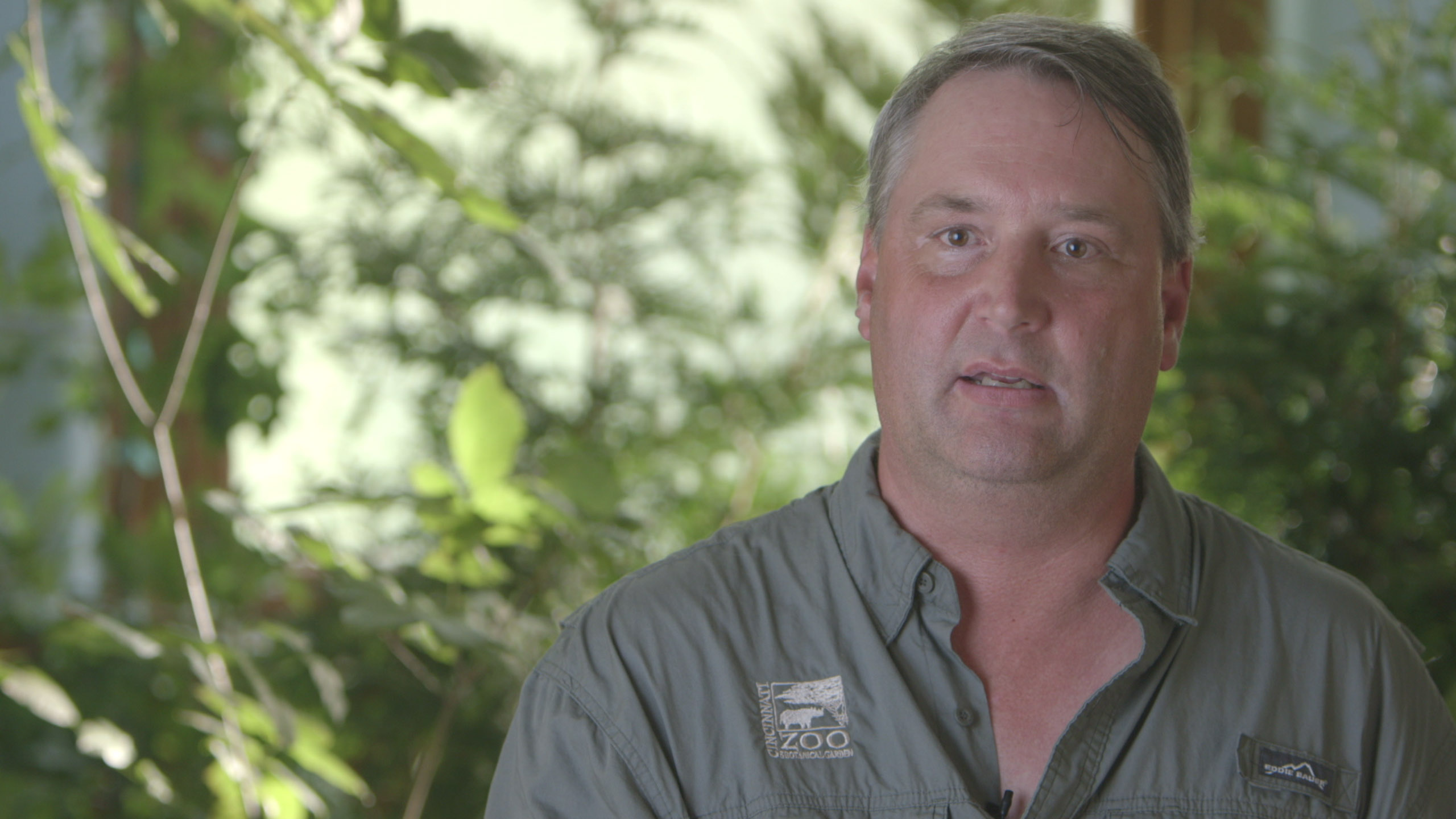
Scott Beuerlein, Horticulturist, Cincinnati Zoo & Botanical Garden
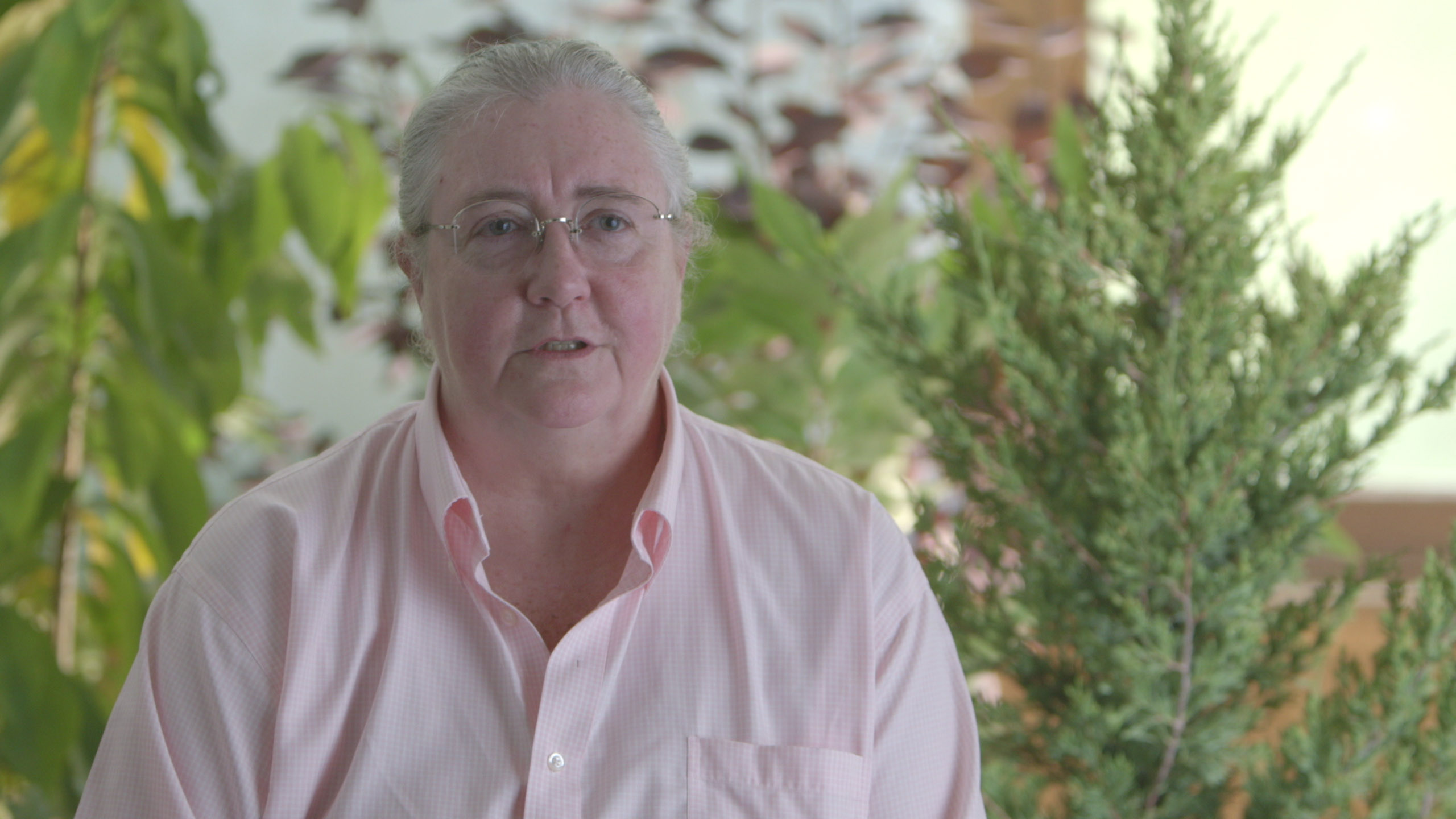
Brad Bonham, Municipal Arborist
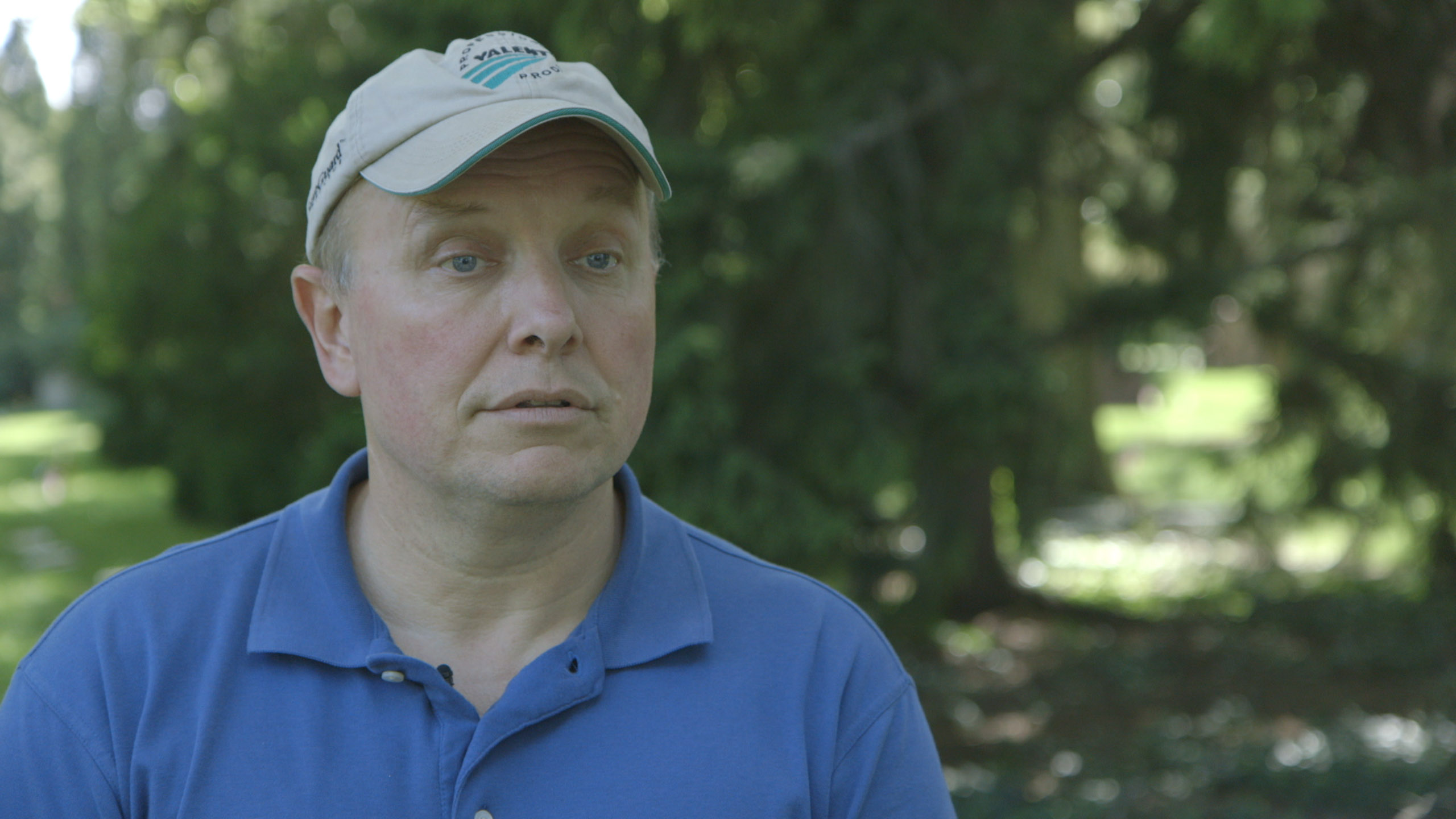
Joe Chamberlin, Valent Field Development Manager, Legacy Tree Project

Geoffrey H. Donovan, Research Forester, USDA Forest Service
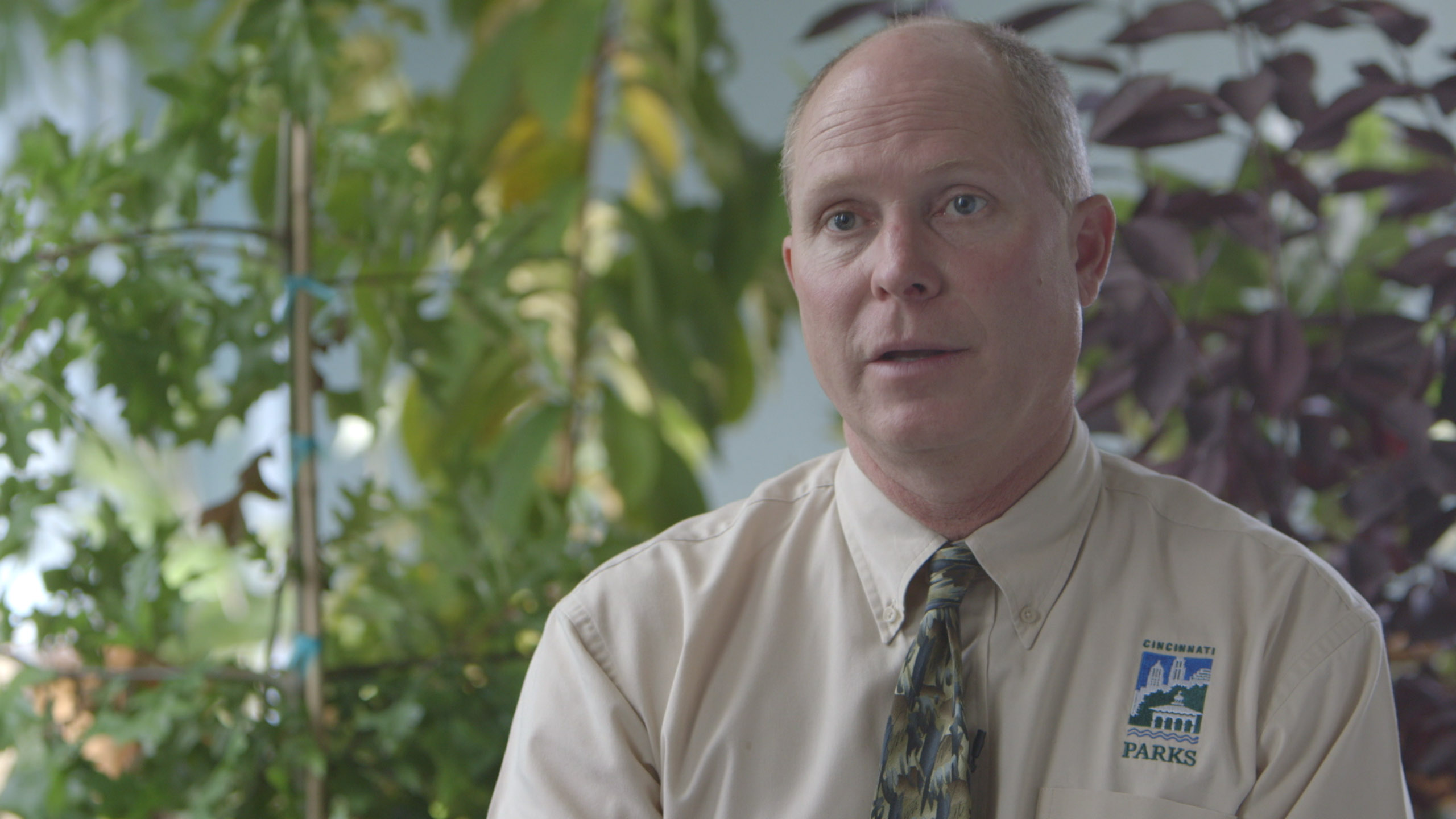
Dave Gamstetter, Natural Resource Manager, Cincinnati Park Board

Jennifer Gulick, Community Forestry Consultant, The Davey Tree Expert Company
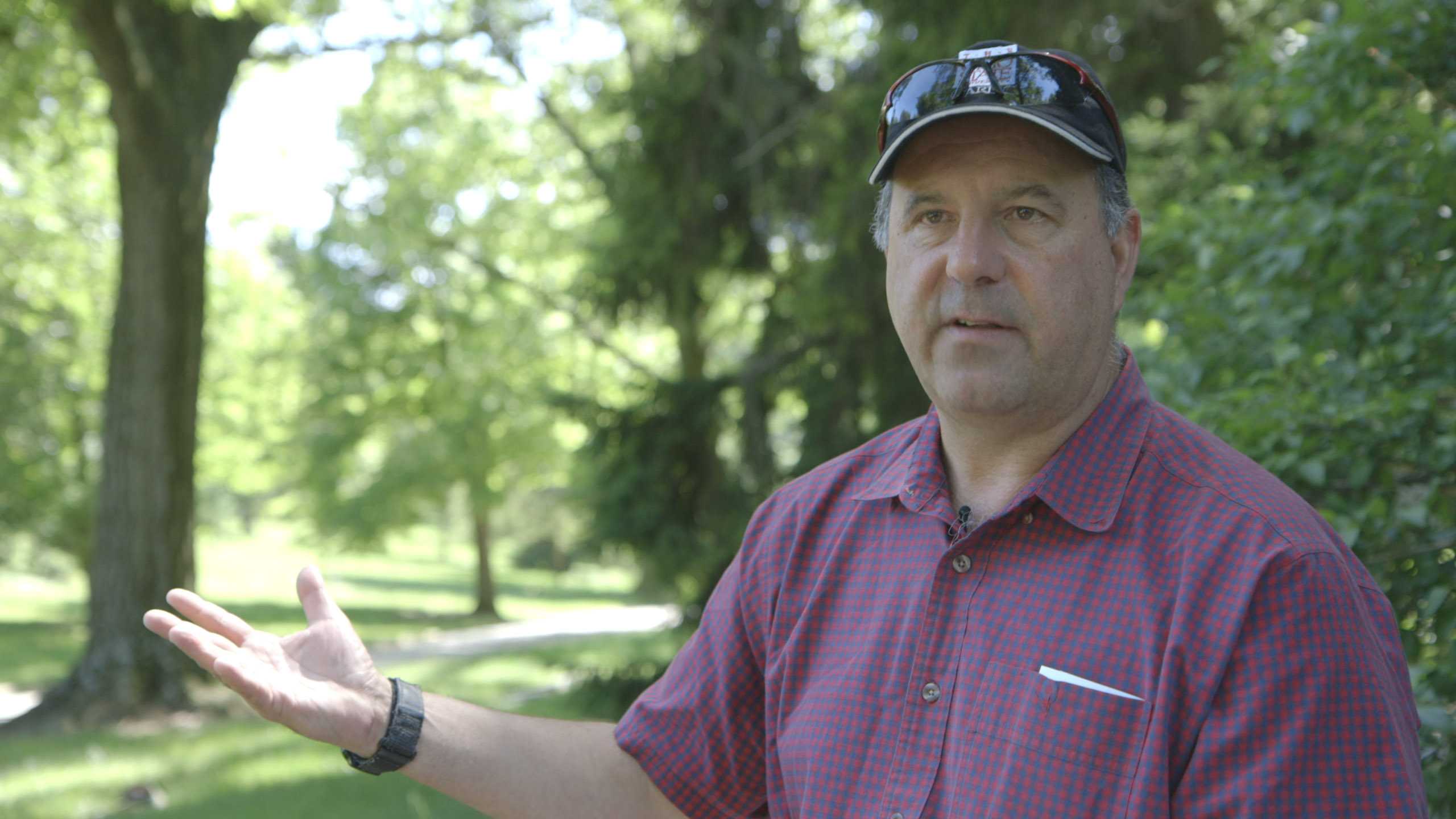
Dan Herms, Dept. of Entomology, The Ohio State University
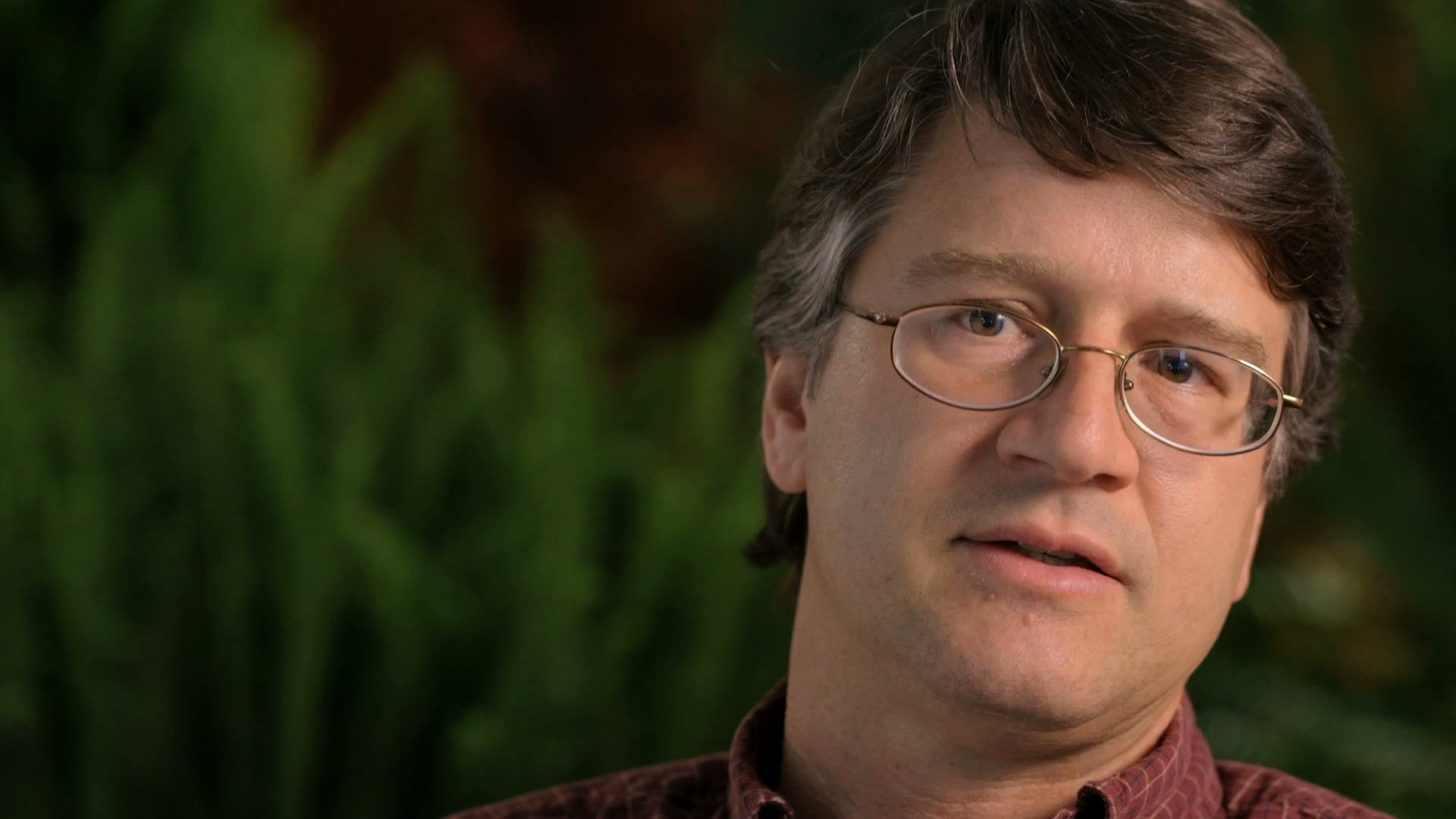
David Stradling, Urban & Environmental History Professor, University of Cincinnati
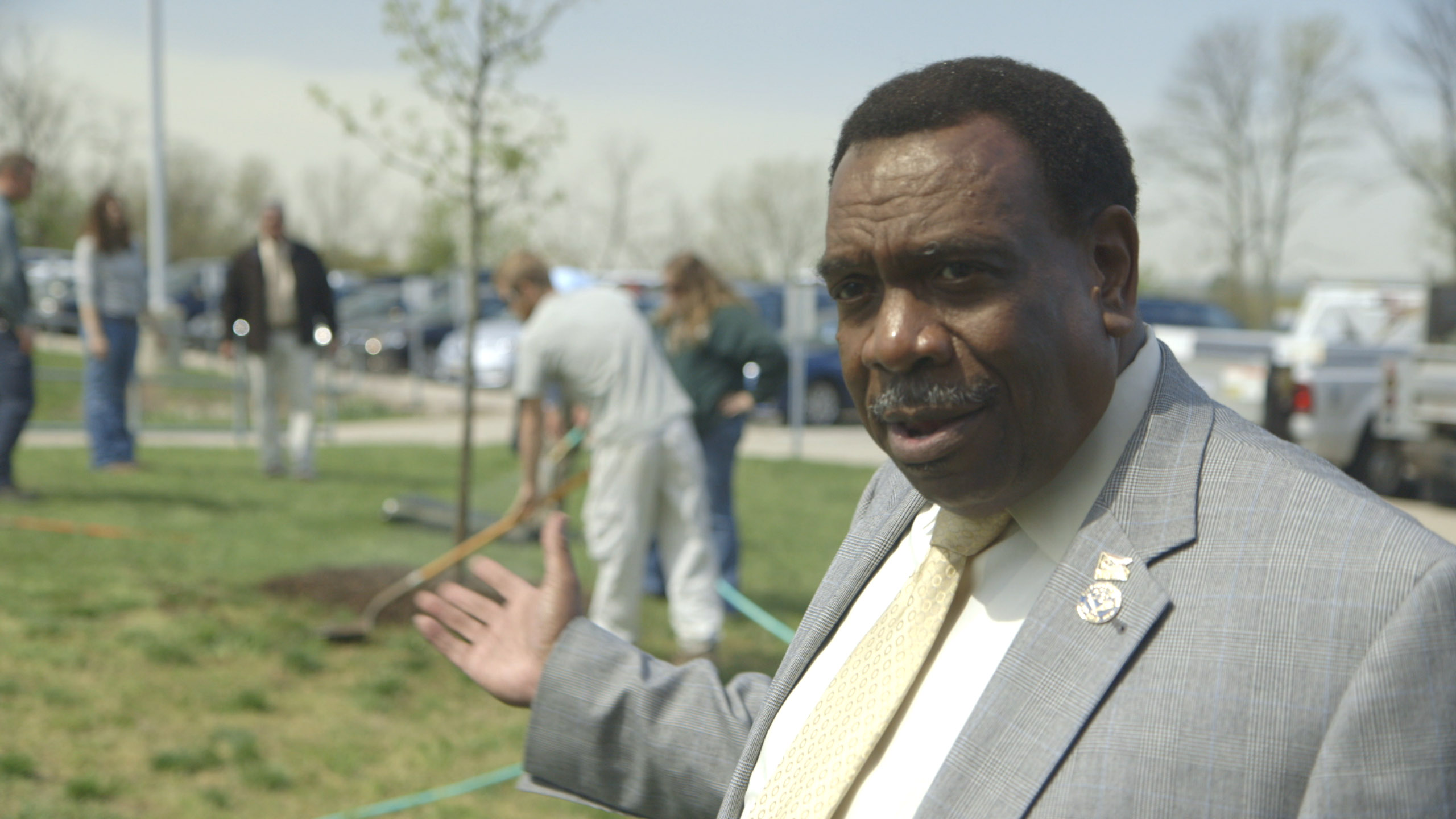
Wendell Young, Council Member, City of Cincinnati
About the Filmmaker
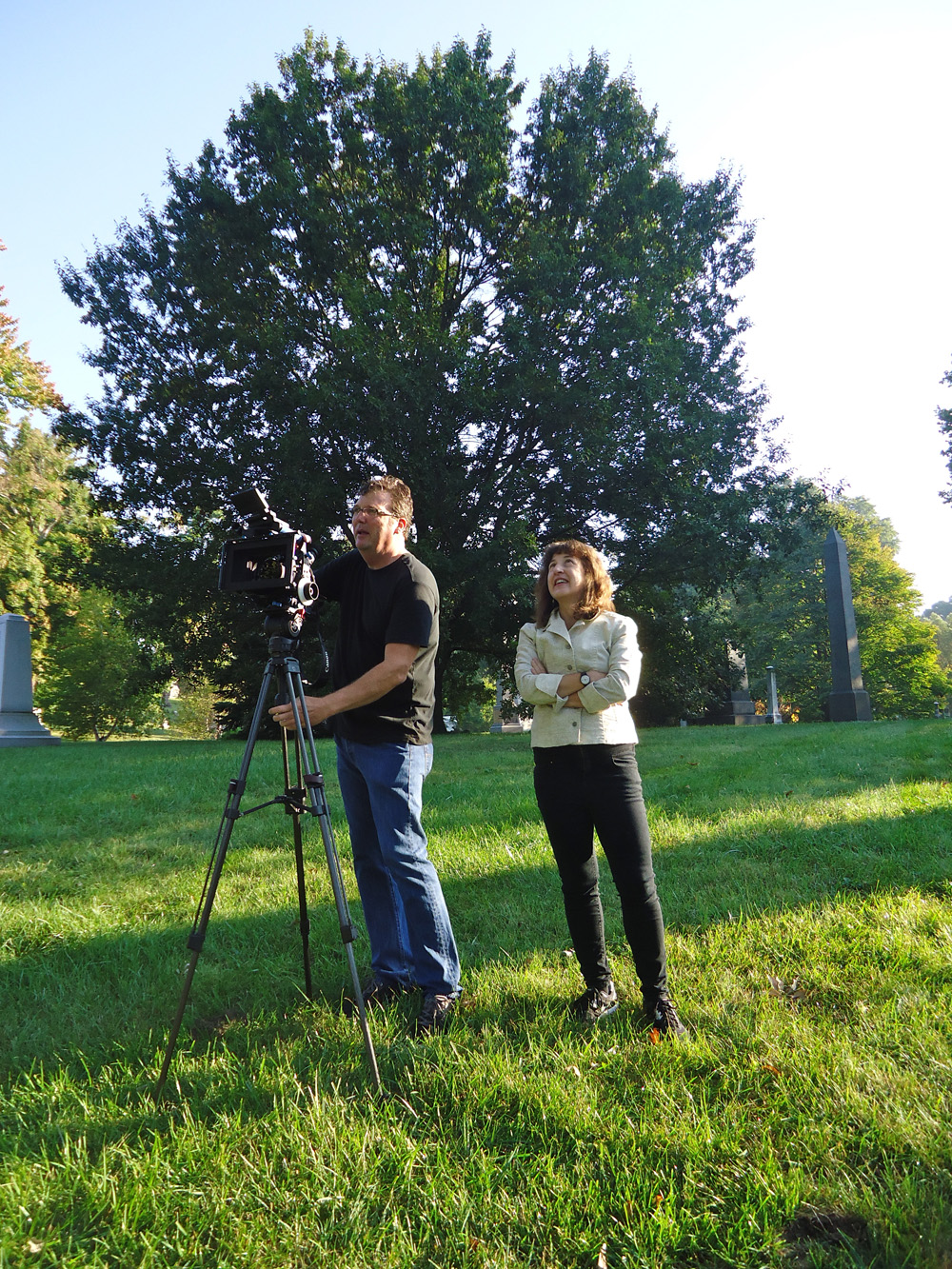
Andrea Torrice is an award-winning documentary and public television producer/writer and journalist whose work spans a range of contemporary issues.
Her newest public television documentary, Trees in Trouble, explores the benefits and threats to America’s urban forests from invasive pests.
Her other national public television productions include: The New Metropolis, a two-part series which explores the revitalization challenges and opportunities facing America’s older first suburbs. She also oversaw the related civic engagement dialogues hosted by PBS affiliated stations and community organizations. Over 120 community screening events were held around the country. Rising Waters, which examines the global warming debate through the personal stories of Pacific Islanders. It was featured at the 2004 United Nation’s Earth Summit, as well as broadcast in 110 countries and on National Geographic TV. She was the segment producer for the National PBS series Arab American Stories, which profiles a Jordanian family from Ohio. Some of her other award-winning films include: Bad Chemistry, which discloses the hazards of low-level chemical exposures on human health; Large Dams, False Promises, which investigates the impacts of dam projects in Brazil and China; and Forsaken Cries: The Story of Rwanda, which explores the historical factors contributing to the 1994 genocide. Her most recent film, Women of Abstract Expressionism tells the story of women painters and is part of a traveling museum exhibition. Her work has been supported by the Ford, Annie. E. Casey, Surdna, William Penn, Gund, The Ohio Humanities, The TREE Fund and other foundations, as well as by the Corporation for Public Broadcasting, and the Independent Television Service. She is also the recipient of a CPB Gold Award in Community Programming.
Torrice is a frequent guest speaker on the issues related to her films. Recently she was the featured speaker for Women in Media – Making a Difference for the Soroptomists of America – East Bay, Northern California Chapter. Currently she is the owner of Torrice Media which specializes in high impact visual storytelling. She has produced a range of award-winning video programs and articles for museums, universities, educational institutions, municipal governments and nonprofit organizations.
Her career started almost 20 years ago at San Francisco’s PBS affiliate, KQED-TV, as a producer for the station’s Current and Cultural Affairs departments. She currently works in Oakland, California, where she lives with her husband and son.
Contact Us

